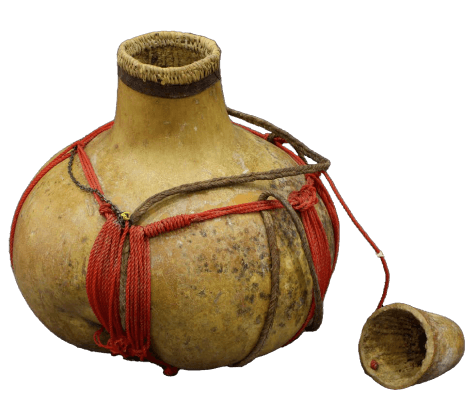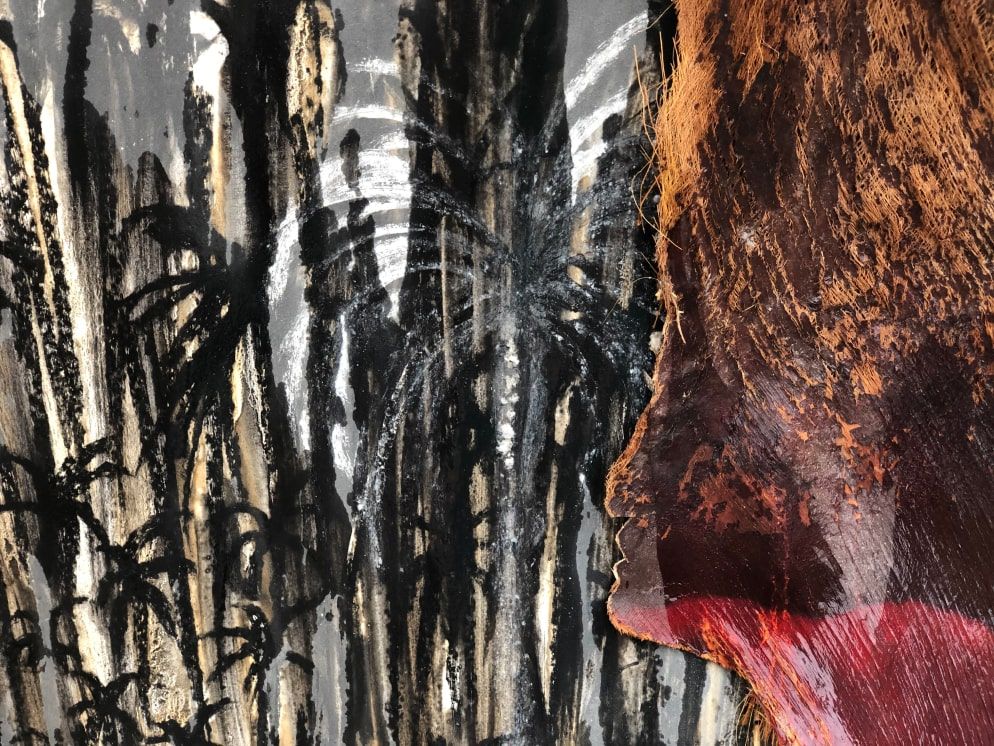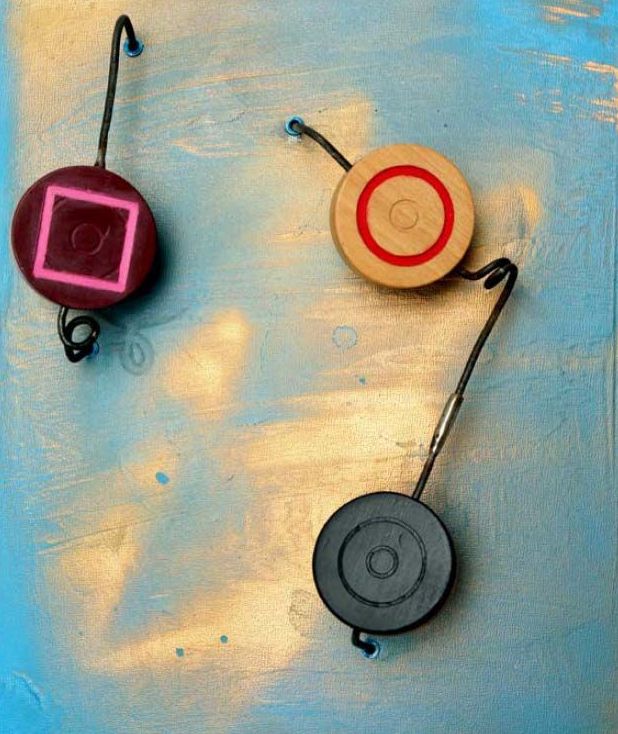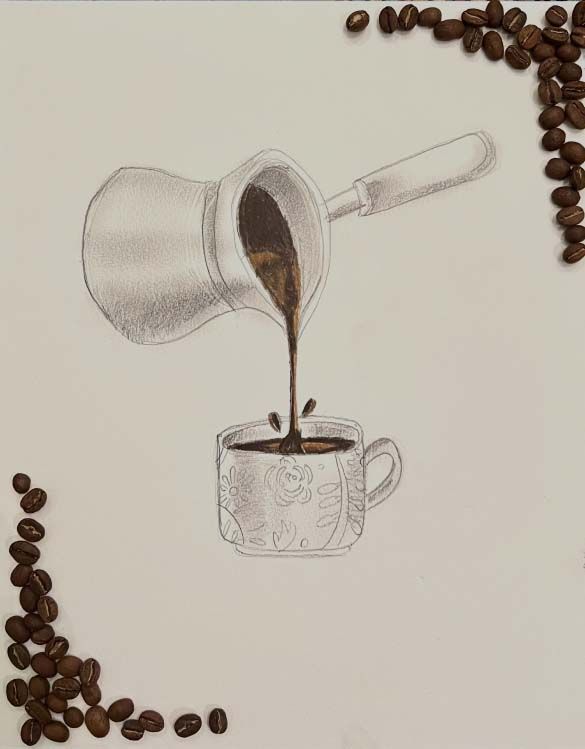Sustainable Heritage
An example of sustainable clothes: a rice sack was used as a dress lining due to limited resources.
The Art of Heritage Trust’s collection of artefacts was established in 1986 as a cultural trust and has since grown to encompass a wide group of varied objects that reflect the material culture and history of the Kingdom of Saudi Arabia.
The collection of nearly 60,000 objects ranges over several distinct categories and is currently being prepared to be housed at a purpose-built facility. It includes jewelry, textiles and garments, carpets, rugs and furnishings, ethnographic material, everyday objects, wooden doors, books and manuscripts, maps, photographic materials, audio and video recordings and printed ephemera.
The Trust aims to promote research and study, alongside fostering the revival of Saudi arts, crafts and culture amongst newer generations. The collection continues to expand under the guidance of its board led by HRH Princess Sara Al-Faisal Bin Abdulaziz, HRH Princess Moudi Bint Khalid Bin Abdulaziz, HRH Princess Haifa Al Faisal Bin Abdulaziz and HRH Princess Bassma Bint Majid Bin Abdulaziz.
Throughout the years we were able to look into the collection and try to build our knowledge, information and archive that will allow as to understand more about our cultural heritage.
There is an impressive wide range of design vocabularies across the Kingdom. The richness and the diversity enabled us to demonstrate changes and continuities in design composition and intercultural influences. The wide range of styles and techniques demonstrate the numbers of possibilities that could inspire designers and creatives.
The artifacts of the material culture do not only tell us about the transformation of the language of design across space and time, but can also enrich our understanding of geopolitical contexts, changes in trade and technology, as well as the construction of our identities and social habits. When we look to the embellished textiles worn by nomadic Bedouins, they help us understand how the physical demands of daily life shaped their choices, and how the limited resources helped them sustain what they had.

“Gourds were used as milk and butter containers in the south. Another example of sustainable traditional practices," by Somaya Badr, CEO of The Art of Heritage.
It is interesting to see the skill and creativity of local craftsmen as they preserve traditional design elements and techniques, while incorporating new concepts and materials from a diverse range of external influences.
Our cultural heritage allows us to think of design as a language that travelled along the same routes as incense and spices. Design languages were exchanged, developed, and remain a part of conversations among different cultures.


